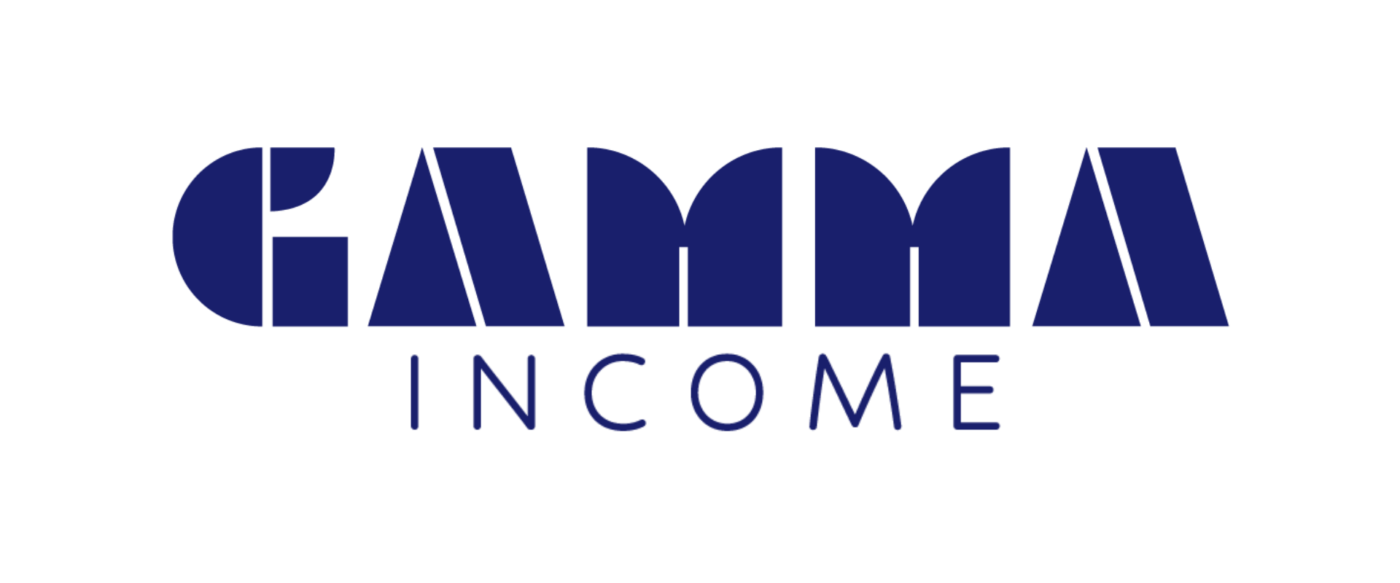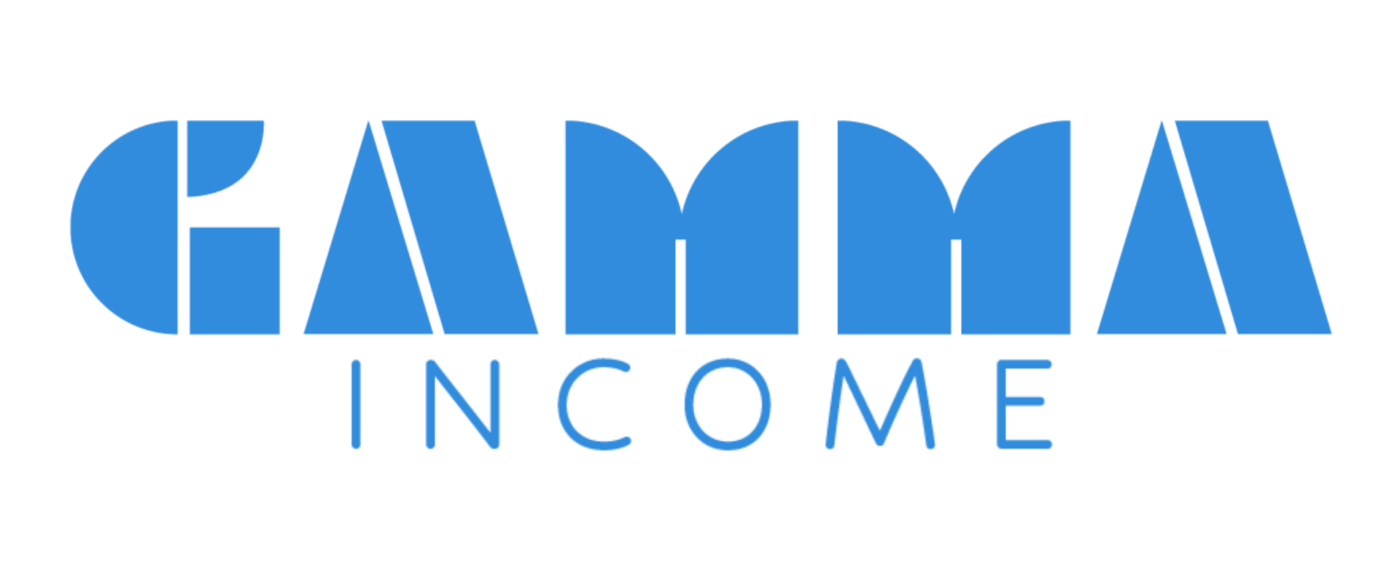DECEMBER 2023 UPDATES
Hamshire Property Highlights:
-
Acquisition and Occupancy Goals: The plan includes buying the facility for $1.6 million and increasing occupancy from 55% to 90% through marketing and professional property management.
-
Refinancing and Expansion: Once 90% occupancy is achieved, the strategy involves refinancing the property and obtaining a construction loan of about $1 million to expand on the additional 1.5 acres of land.
-
Profit Projection: The goal is to sell the expanded property for approximately $4.1 million, aiming for a profit of $1.5 million, which is a significant part of the project’s future value.
-
Construction and Insurance Benefits: The property reportedly has higher-grade concrete and steel, which could lead to lower future insurance costs.
-
Enhanced Amenities: The introduction of electricity in the RV and boat parking area aims to increase demand and add value to the property.
Mount Holly Property Highlights:
-
Strategic Location: Mount Holly is described as being conveniently located 15 minutes from the center of Charlotte and 10 minutes from Charlotte Airport, indicating a potentially high-demand area.
-
Community Engagement and Marketing: Plans include a grassroots approach with local community engagement, digital advertising, and participation in local events like ribbon-cutting ceremonies.
-
Construction and Development Plans: The project involves transforming a warehouse into a storage facility, with detailed plans for both interior and exterior construction.
-
Revenue and Profitability: The property is expected to generate substantial revenue, with projections of $700,000 to $900,000, leading to profits of around $400,000 to $450,000.
-
Competitive Edge: The Mount Holly property is positioned as the largest, newest, and most professionally serviced facility in its area, with a strong emphasis on digital marketing strategies to outperform competitors.
SEPTEMBER 2023 UPDATES
So think about it as four distributions for 2024. The first one is the first Friday of January. One of the properties is kind of half full. The other property is 0% occupancy. What you’re trying to manufacture. So I think 2% annualized for the first quarter, which is $100,000, that’s $500 a month, you know, $500 goes to 1000, 1800, 2000, 2500.
So just incrementally every quarter, can we get it to 2%, 4%, 6%, 8% and 8% is the preferred return on taxes. You know, we’ll see if we can buy both of them in this calendar year. I think the answer is yes, we should be able to do a cost segregation study. Hopefully it’s like, you know, just in the nick of time, usually it cost- segregation.
Studies go into the property to see how old the roofs, the windows, the computers, the pieces are, and we depreciate a schedule over the next one, two, three, four years. I kind of think somewhere between 20 and 40% of the cost of the structure is going to be depreciated. So let’s just say, for example, we’re buying $5 million worth of real estate today.
We’re going to be manufacturing some more, but $5 million, 20 to 40% of that is 1 to $2 million of losses. That’s a ballpark range. Don’t hold me to that. But that’s just another kind of other cost. Segregation studies do that. Next year we divide the property value by 27 and a half years, and that is the amount that can be depreciated in that calendar year that goes proportionally across all LP owners.
We will continue that cost segregation study for a depreciable amount and we are going to be doing a solid amount of construction which next year 60% of construction costs are written off in that calendar year. So we’re probably going to be doing more than $1,000,000 of construction next year. So there will be a lot to show for losses. Remember, like if we’re doing $3 million for the raise, just $3 million of losses brings the cost basis down to, you know, as close to zero as possible.
I think it looks great. We don’t have a sample set of what expectations should be. We talk to 10-15 people who are reaching out to us a week about being part of the project. I expect us to be filled sometime in early November.
It is first come-first serve, I would fill out the e signatures and ach or wire the commitment soon to be sure that you can get into the project.
Yes, I can help out. The team can help out. We have myself, Jove and someone at the investor platform service to help with any questions that you have.
My cellphone is 518-253-2468 and my email is ptraynor@gammaincome.com.
So, every year we’ll get a K-1 document that comes in the first quarter and that shows how much we invested, how much principal has been paid down, how much was sent for distribution, and what is our loss to depreciate. So again, the three major tax benefits, owning the property, dividing it by 27.5 years, whatever the face value purchase price was. Also the construction cost.
The class segregation study, which is multiple years able to depreciate the property and construction is the biggest and the widest and we’re doing a lot of construction. All those are major tax benefits.
So not how Pat analyzes the deal from the deal perspective.So you are asking how would I look at this deal from an investor perspective.
At some point this week, I was doing an investor call and said it was a lot like horse racing. The horse is the property and without a good property you’re not going to make a good investment.I think our team is similar to the trainers, the crew and the jockey. And all the team members do their job extremely well. If you had someone less than excellent in any of those spots, it would affect the race. The weather that day is similar to the economic climate that we were buying and selling in.
So, everything matters.
But if there is any one thing, it’s looking at the team and asking yourself ‘Do I think they can accomplish this business plan’. And I think the team members that we have and the experience that we’ve accumulated over the years will show that we are going to successfully get this project done.
Outside of that, I would look at the fee structures or splits that an operator selects for the project. I would say that the bigger the company is, the more fees they charge to the investors.
I know our fee structures are extremely low. We want to scale to many projects and the only way we feel we can do that is making products that people really resonate with our outcomes.
1.So the number one risk is lease ups.
This means one property today is a warehouse with 0% occupancy. We are slowly building 600 units and leasing that up to 10% and 25% and 40% until it gets up to 90% occupancy. The other property in Houston is at 55% occupancy and we have to lease that up to 90% before building on the other 1.5 acres or 25,000 more sq ft. And leasing that up from 0% to 90% as well.
So in that time, we of course will be paying the notes to our lenders and marketing and taxes and operating expenses. So we need reserves to buffer in this risk which is done through investor capital.
2.The second biggest risk is me and my team.
We all have various experiences and expertise in property management, commercial real estate, construction, negotiation and financial modeling. But this is the first time working together on a project like this. So, there likely will be something unexpected that we have to account for mid-project. Maybe something goes slower than expected.
3.The third major risk that I think about is our current interest rate environment.
We are extremely lucky to negotiate seller financing on the $2.7M property in Charlotte. That is a 5-year 7% interest-only note. So that really protects us from the current interest rate environment of the day.
For the Houston property, we are working with the SBA to have them finance 40% of the loan and a lender financing the remaining amount. This means that we do not have to give a down payment as high as other banks and we can use that for reserve capital to pay for operations or pass it along to investors.
Since these structures are already existing and have already been built, it is hard to see that the values would trade below our purchase price. $50/sq ft for Houston and $42/sq ft for Charlotte in an environment where today, storage in the United States averages $140/sq ft.
This gives us a strong margin of safety.
Upside of the risks listed above, I would say illiquidity is a risk for investors that want access to their capital. This project is a 5 year project and could be shorter or longer, but the business plan needs to be executed for money to be refinanced or for a property to sold.
There are some other risks that are in the legal disclosure, but these are the things to really be thinking about.
Copper Management.
Copper is based out of Alabama. They are very economical and they do really good work. They are known as the premier remote property management company in self storage. They manage thousands of properties and have insights to the demographics and marketing that is unique. They also have discounts with some of the vendors like insurance, website and CRM system.
We definitely expect to use them for at least the period when we are in lease up mode.
Okay. So essentially we have Andrew and Casey are the acquisitions managers and those folks are getting emails from brokers, wholesalers, direct to seller relationships and their active network. So they buy on behalf of a lot of different family offices. We have calls every Wednesday where we kind of come to the table of what we think are the best conversations that we should be having about the best properties that we have seen. All three of us analyze the properties somewhat differently, so hearing others perspectives about the positives and negatives is very important.
So Casey probably has the perspective of what’s going on around the whole country , developments that are going on and how things should cash flow. He is more 30,000 foot view. Andrew is very granular. Analyzing every single unit type and size and finding the discount that these units have in comparison to the current market at a moment in time. Underwriting with microsoft excel type of work.
And then myself, who basically looks from a perspective of dollars per sq ft and the competition in the area as well as how old the product is and its current financial shape in comparison to how it should look if it’s professionally managed.
This is a pretty easy one. We are buying it for $1.5M which is $50/sq ft for a 8 month old climate controlled facility that is 55% occupied.
We believe we can get this to 90% occupied within 24 months and then build on the extra 1.5 acres to double the size of the facility. When it is complete, we are estimating the property to be valued at around $4.1M.
Today, the property has revenue of $12K per month. As it gets fully occupied, it will cash flow up to $23K – $25K per month. This consistent cash flow will help anchor our project.
The other 1.5 acres, our business plan projects 20,000sq ft to build which we may be able to increase to 25,000 sq ft. Based on the 90% occupancy of the first phase, we should be able to get a construction loan or bridge loan to fully finance that project or come to the table with very little cash to finance that project.
This equals 50,000-55,000 sq ft facility. With profits or NOI, approximately $300K/year. At a 7% cap rate, this would be a $4.1M-$4.5M facility.
To market this facility and fill it up, we plan to have a signage on I-10 highway and/or I-73 highway. I-10 has 47,000 drivers per day and I-73 has 11,000 drivers per day.
This is Houston, so the third biggest city in America and the city continues to sprawl out in all different directions. This facility can be discounted in comparison to city rates. If you are parking a boat,RV or equipment, this facility is a better proximity to the bodies of water.
In conclusion, we see about $500k-$600k of capital needed to eventually have a $4.1M-$4.5M facility. $2.5M construction and property note. So $1.6M-$2M gain on a $500k-$600K investment.
Largely, this is through capital appreciation. Cash flow is important but the majority of the gains comes from capital appreciation.
This acquisition is particularly attractive given Charlotte’s rapid growth rate of about 4% last year and the current favorable interest rate environment. We’re entering the market at a competitive cost per square foot, well below the national average, positioning us for high ROI especially as the area continues to grow and attract skilled workers in the banking sector.
The self-storage industry has evolved significantly over the past two decades, transitioning from all-cash purchases to a more diverse array of financing options, including bank lending.
Our acquisition sits in a high-potential area with over 112,000 people within a five-mile radius and is expected to benefit from an uptick in activity from both real estate investment trusts and private investors. With 57% of the industry still being mom-and-pop-owned, this opens up opportunities for acquisition and scaling.
While the national average rent per square foot stands at around $15.8 for a 10×10 storage unit, our acquired facilities offer a safe bet with acquisition costs of $52 and $63 per square foot, leaving ample room for profitability. The area’s population density, combined with an above-average income level and a diversified employment sector, also points towards high demand for self-storage services.



